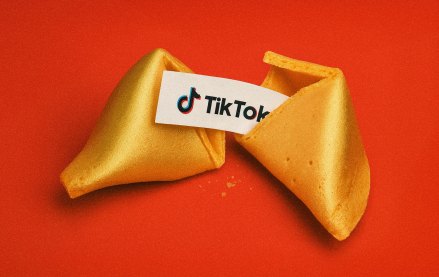Save 50% on a 3-month Digiday+ membership. Ends Dec 5.

By Eric Cohen, Senior Account Executive, Programmatic, D360
During a recent competition in South Africa, Australian surfer Mick Fanning faced every surfer’s worst nightmare: the gleaming fangs of a Great White shark. What ensued was a classic man versus beast test that left the shark with a bruised ego and an empty belly.
Naturally, this maritime melee got me to thinking about mobile programmatic from the sell-side perspective. Like sharks smell blood, publishers smell money, and we can almost taste that juicy line item that agencies and buyers have vowed to spend on mobile programmatic. That said, more often than not, when the prey is in sight, publishers come away only with a mouthful of synthetic rubber.
Right now, mobile inventory accounts for 25% of all programmatic transactions. But after years of hype about the impact of mobile, is 25% a figure that publishers should really be excited about? Shouldn’t we expect the allocation of revenue to be more commensurate with a dominant media platform? Buyers talk a big game about mobile at digital conferences, but they’re still stingy with the portions. And we sharks are left circling, and unsatisfied.
Perhaps it’s time to face the reality that mobile programmatic will never get proportional budget share. Here’s why.
Real estate. At the end of the day there are limitations to what we can do to command a user’s attention on a tiny screen. This is regardless of how relatively big smartphone screens are getting (I’m talking about you, Galaxy Note).
Lat/long and location targeting are blown way out of proportion. Lack of education as to true publisher capabilities (see, for example, buyers wanting X amount of users in a geo-fenced boundary) ultimately stifles spend. Perhaps the process of finding the right individual at the right time in the right place can’t exist at scale.
The whole retargeting and cookie thing. There remain inherent challenges to our ability to track and target audiences across devices. Cross-device targeting is not there yet. These hurdles have hindered further adoption of mobile programmatic.
As a publisher I can’t help but feel perplexed. We like many publishers, believed that budgets would shift almost entirely to private marketplace. But at the end of the day, we expected a flood and got barely a trickle. Are we really supposed to continue to be bullish on being able to scale in mobile PMP?
So, how do shark and surfer co-exist in a mutually symbiotic mobile environment?
For the buyer/surfer, it could mean waiting for the next swell to roll through – for the inflection point where cross device targeting works seamlessly and the gaps between disparate data sources close. For the publisher/shark, it could mean not abandoning a direct sale or open auction strategy. Ensure that you’re consistently eating small meals rather than expending all your energy on catching that elusive mobile programmatic feast.
One day, when the technology is ready, we may see shark and surfer co-exist and potentially even both ride the ultimate programmatic wave. But until that time comes, swim carefully and be wary of what you’re told at mobile conferences.
More from Digiday

The Trade Desk loosens its grip on pricing amid buyer pressure
Amid fierce DSP competition, media agencies are finding The Trade Desk’s reps in a negotiating mood.

Behind the rise of the chief productivity officer and what it means for companies and employees
The CPO is envisioned as the leader who orchestrates people and technology together to drive business outcomes.

TikTok Shop sheds bargain-bin reputation as average prices climb across categories
An analysis by e-commerce intelligence firm Charm shows average prices climbing across more than a dozen key categories.





